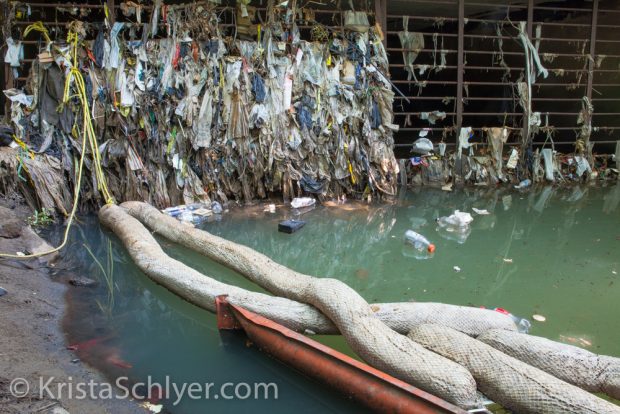The big picture underscores the importance of community
During 2021 we asked every NANPA member and other nature photography enthusiasts to make a gift of $25 or more to the NANPA Foundation, the charitable arm of NANPA. Our goal was to raise $25,000 in honor of the Foundation’s 25th birthday to support nature photography education, environmental protection, and responsible photography in the wild.
We exceeded that goal, securing $40,272.62.

The photograph above, created by Cindy Miller Hopkins, served as our fundraising meter throughout the campaign. As we achieved milestones, we revealed a corresponding percentage of the image. We promised to reveal “the big picture” when we hit 100% of our fundraising goal.
But this photo of a King penguin colony is more than just a fun way to track our progress. It is also a reminder of the importance of community. While King penguins don’t huddle for survival the way their relatives the Emperor penguins do, members of the colony are, in fact, dependent on one another. If separated, for example, they’ll work to rearrange themselves again in proximity of one another.
Our lives as nature photographers may often feel similar. So much of our work is independent of others. We may sit alone in a blind for hours at a time. We may proactively strive to differentiate ourselves from other photographers. And yet, we can’t make it alone. Constructive feedback from other photographers, collaborative projects, and field work alongside scientists and other photographers are some of the hallmarks of the job.
The same spirit of community is visible among nature photography organizations as well. NANPA provides valuable support to its members, and NANPA Foundation helps complete the picture by accepting charitable gifts and using them to support a variety of programs, including some that reach beyond NANPA’s membership.
25 Years and Growing
A few years after the storied meeting at the Roger Tory Peterson Institute established NANPA as a membership-based association, the NANPA Foundation was formed as a separate but complementary nonprofit organization. Structured differently, the Foundation can accept tax-deductible charitable donations and shares NANPA’s commitment to nature photography education, environmental protection, and responsible photography in the wild. Together, NANPA and the NANPA Foundation offer a more complete array of possibilities for the nature photography community.
Learn more about how the NANPA Foundation extends the work of NANPA in our 2021 annual report.




















